An ewer in the form of a carp decorated in enamels on the biscuit
- Biscuit with enamels and gold
Description
The ewer shape like a carp and lotus, emerging from waves, with another little carp. The flat lid in a shape of a lotus pod with a seated frog finial. The curved spout and the handle as leaf and stem of the lotus. The base is unglazed. The wine pot is decorated with green, yellow, turquoise blue, dark purple, white enamels, also with some gilting. This kind of ewer were used to pour the warm rice wine. The type of biscuit ewer is also known in a crayfish or phoenix shape.
It is interesting to know that this type of ewer were know and collected in Europe since the end of 16th century. There is a crayfish shape ewer in the collection of the Elector of Saxony, gifted by the Duke of Florence in 1590.
The carp is a symbol for endurance and achievement because the fish used to swim against the current.
Bibliographie
JÖRG & VAN CAMPEN. Chinese Ceramics in the Collection of the Rijksmuseum, Amsterdam. The Ming and Qing Dynasties. N°25, p. 45 (a similar ewer but in a lobster shape)
HARRISON-HALL Jessica. Ming Ceramics in the British Museum. N°15 :16, p. 454. (a similar ewer but in a crayfish shape)
AYERS John. Collection Baur, vol. I, n°113, p. 176 (a similar ewer but in a crayfish shape)
An ewer in the form of a carp decorated in enamels on the biscuit
- Biscuit with enamels and gold
Discover more Porcelain
Return to the collection
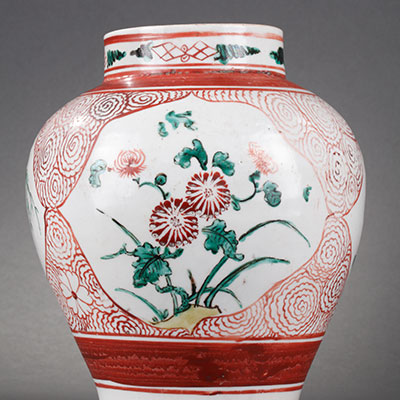
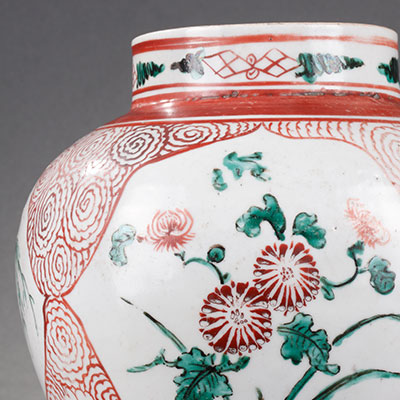
A rare Ko-Imari porcelain vase

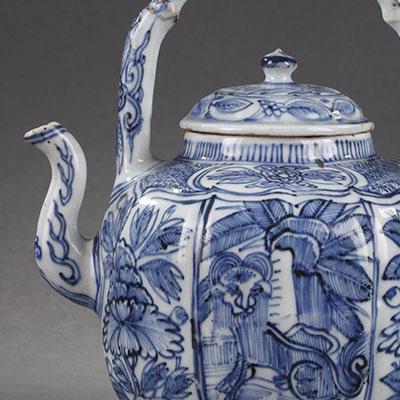
A kraak porcelaine wine pot decorated with a Buddhist lion
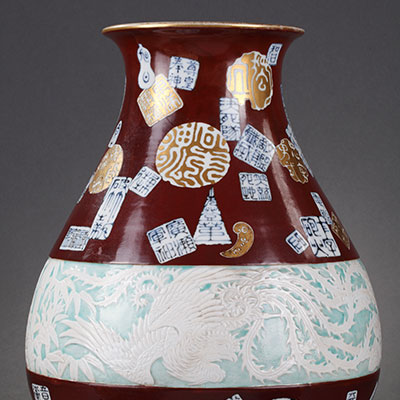
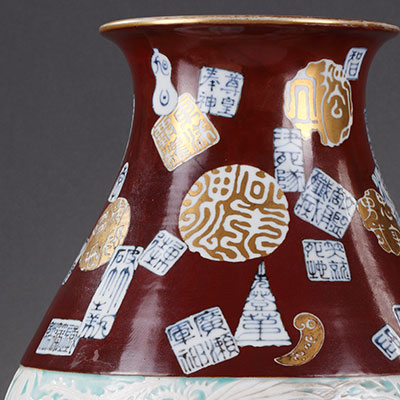
An important pear-shaped vase by Tominaga Genroku


An important Imari porcelain baluster jar decorated with charactersamong clouds

















